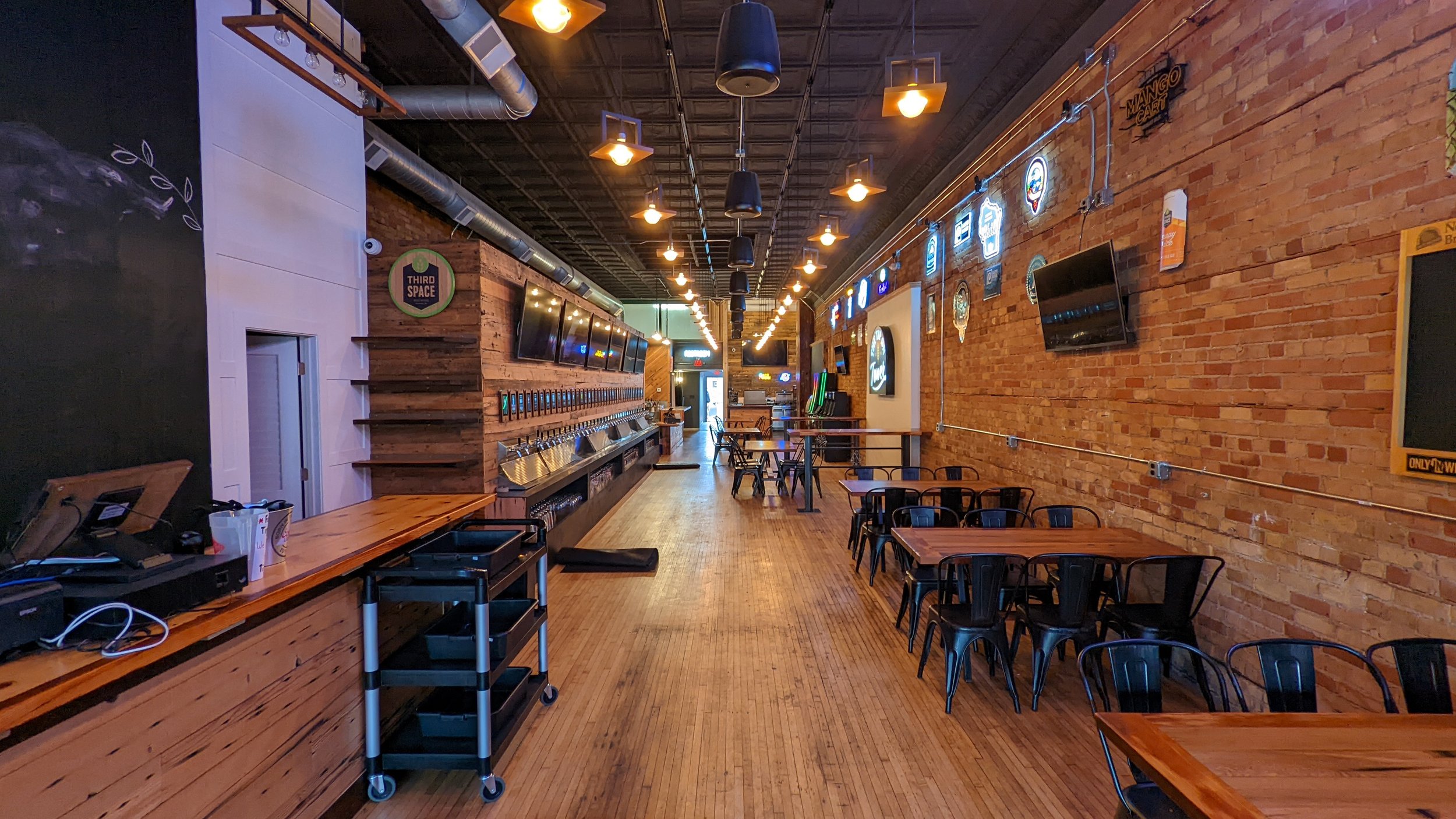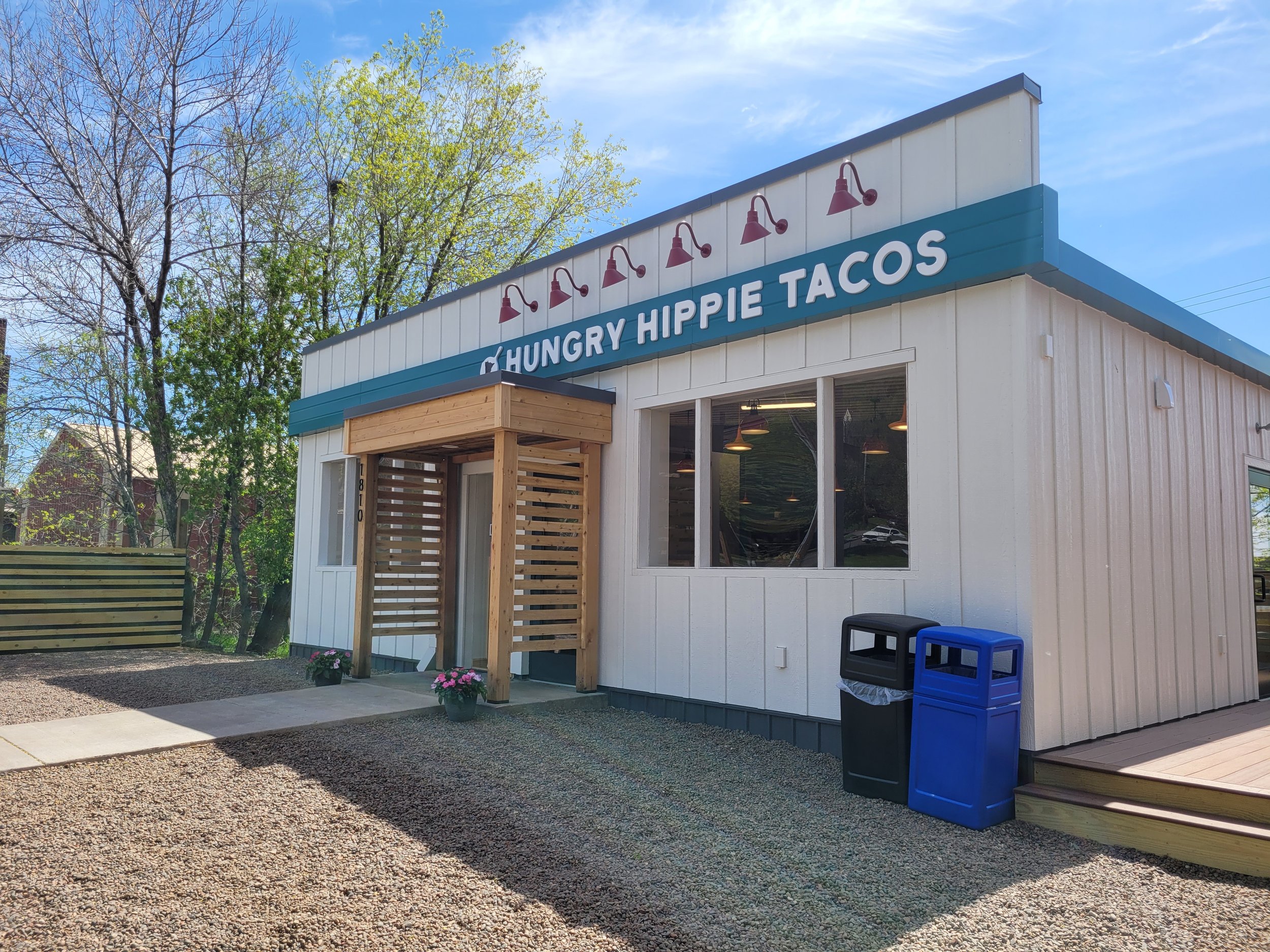Real Estate Developer Resources
Understanding the Economic Value of Healthy Spaces
While the qualitative benefits of healthy spaces have long been recognized, their financial implications have often remained unexplored. This report leverages data from CompStak and public databases from Fitwel and WELL to apply a hedonic pricing model, revealing the economic value of healthy office environments across ten major U.S. cities: Atlanta, Boston, Chicago, Denver, Los Angeles, New York, Philadelphia, San Francisco, Seattle, and Washington D.C. These results underscore the perception of healthy buildings as valuable assets that enhance tenant well-being and productivity. To explore the full analysis and insights, read the report below.
9 Foundations of a Healthy Building
A brief framework for changing your building from ‘overhead’ to ‘foundational. This document outlines the 9 foundations of a healthy building, emphasizing the importance of factors such as air quality, ventilation, thermal comfort, lighting, and water quality. It discusses how these elements can impact the well-being of occupants and provides insights into creating a healthier indoor environment.
Does Wellness Make Business Sense as a Development Objective?
In an era where health and well-being are at the forefront of consumer preferences, developers are increasingly prioritizing wellness as a fundamental objective in their projects. This shift prompts critical questions: How have developers integrated wellness features into their designs? What has been the market response to these initiatives? And how do they measure the success of their wellness-oriented spaces? By exploring these questions, we can better understand the evolving landscape of real estate development and the tangible benefits associated with creating healthier environments for occupants.
Buildings emerge as drivers of health and profits
This paper demonstrates, not only can healthy building investments create financial benefits, such benefits can be calculated and presented as part of a company’s normal investment due diligence using traditional financial analysis techniques. Read more about it below!
THE SUSTAINABLE MULTIFAMILY HOUSING OPPORTUNITY
The following report details the necessary evolution of integrated design and energy strategies creatively implemented in three successive completed multifamily projects in Seattle using standard, “off-the-shelf/kit-of-parts” technology, making them financially justifiable for most conventional market-rate budgets. From the outset, the intention was to share with the multifamily industry what has worked well in hopes of influencing others to make responsible decisions in sustainable building design which will help slow down the sizeable negative effects of climate change on the planet.
Elements That Contribute to Healthy Building Design
This report presents three essential viewpoints on creating healthy buildings: the significance of sustainable development, the critical role of occupants in maintaining indoor air quality, and the latest advancements in indoor finishes that promote low chemical emissions and effective fungal resistance. To delve deeper into these insights and understand how they contribute to healthier environments, read the report below
Occupant Health Benefits of Residential Energy Efficiency
This paper focuses on research studies conducted in the United States (US) and Canada. It includes one international study due to its robust findings. Importantly, this paper builds upon a broader literature review conducted by the US Department of Energy (DOE), Home Rx: The Health Benefits of Home Performance: A Review of Current Evidence, which was developed to summarize studies that evaluated occupant health related outcomes associated with energy upgrades and home performance improvements. The DOE report considers both US and international studies. Read more below!







